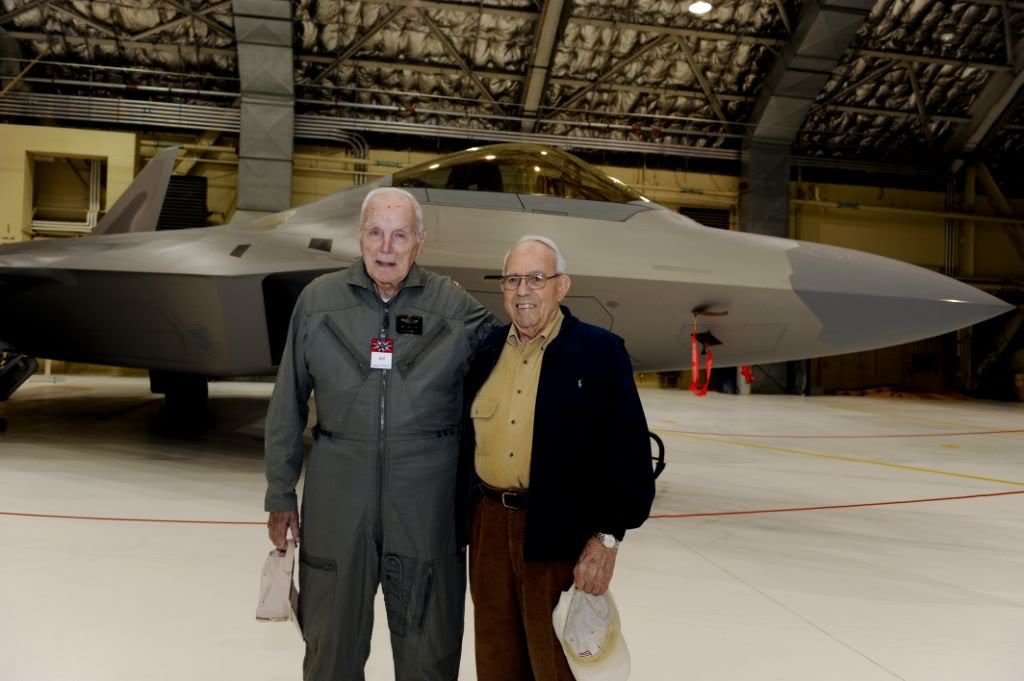A pair of Russian strategic nuclear bombers were intercepted near the Pacific coast Wednesday, the Washington Free Beacon reported — the second such incident in two weeks.
According to the Free Beacon, the two long range bombers entered the U.S. air defense zone and came close to the U.S. coast, but did not enter sovereign airspace. The bombers were “were visually identified by NORAD fighters,” Pentagon spokesman Capt. John Kirby said.
The first incident in late June involved two Tu-95 Bear H bombers near Alaska conducting war games, which included simulated attacks on “enemy” air defenses and strategic facilities, a Russian military spokesman told the site.
From the Free Beacon:
The bomber flights near the Pacific and earlier flights near Alaska appear to be signs Moscow is practicing the targeting of its long-range air-launched cruise missiles on two strategic missile defense sites, one at Fort Greely, Alaska and a second site at Vandenberg Air Force Base, Calif.
In May, Russian Gen. Nikolai Makarov, the chief of the Russian General Staff, said during a Moscow conference that because missile defense systems are destabilizing, “A decision on pre-emptive use of the attack weapons available will be made when the situation worsens.” The comments highlighted Russian opposition to planned deployments of U.S. missile defense interceptors and sensors in Europe.
The U.S. defense official called the latest Bear H incident near the U.S. West Coast “Putin’s Fourth of July Bear greeting to Obama.”
Retired Air Force Lt. Gen. Thomas McInerney, a former Alaska commander for the North American Aerospace Defense Command, said the latest Bear H intrusion appears to be Russian military testing.
“It’s becoming very obvious that Putin is testing Obama and his national security team,” McInerney told the Free Beacon. “These long-range aviation excursions are duplicating exercises I experienced during the height of the Cold War when I command the Alaska NORAD region.”
According to the Free Beacon, the two long range bombers entered the U.S. air defense zone and came close to the U.S. coast, but did not enter sovereign airspace. The bombers were “were visually identified by NORAD fighters,” Pentagon spokesman Capt. John Kirby said.
The first incident in late June involved two Tu-95 Bear H bombers near Alaska conducting war games, which included simulated attacks on “enemy” air defenses and strategic facilities, a Russian military spokesman told the site.
From the Free Beacon:
The bomber flights near the Pacific and earlier flights near Alaska appear to be signs Moscow is practicing the targeting of its long-range air-launched cruise missiles on two strategic missile defense sites, one at Fort Greely, Alaska and a second site at Vandenberg Air Force Base, Calif.
In May, Russian Gen. Nikolai Makarov, the chief of the Russian General Staff, said during a Moscow conference that because missile defense systems are destabilizing, “A decision on pre-emptive use of the attack weapons available will be made when the situation worsens.” The comments highlighted Russian opposition to planned deployments of U.S. missile defense interceptors and sensors in Europe.
The U.S. defense official called the latest Bear H incident near the U.S. West Coast “Putin’s Fourth of July Bear greeting to Obama.”
Retired Air Force Lt. Gen. Thomas McInerney, a former Alaska commander for the North American Aerospace Defense Command, said the latest Bear H intrusion appears to be Russian military testing.
“It’s becoming very obvious that Putin is testing Obama and his national security team,” McInerney told the Free Beacon. “These long-range aviation excursions are duplicating exercises I experienced during the height of the Cold War when I command the Alaska NORAD region.”





Comment